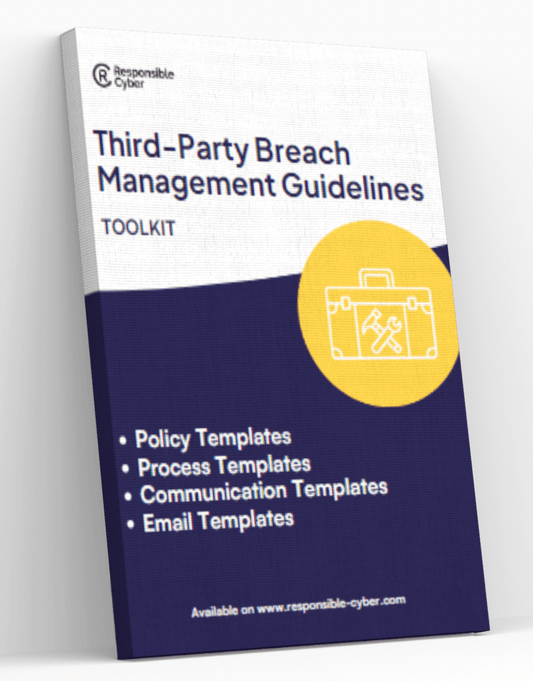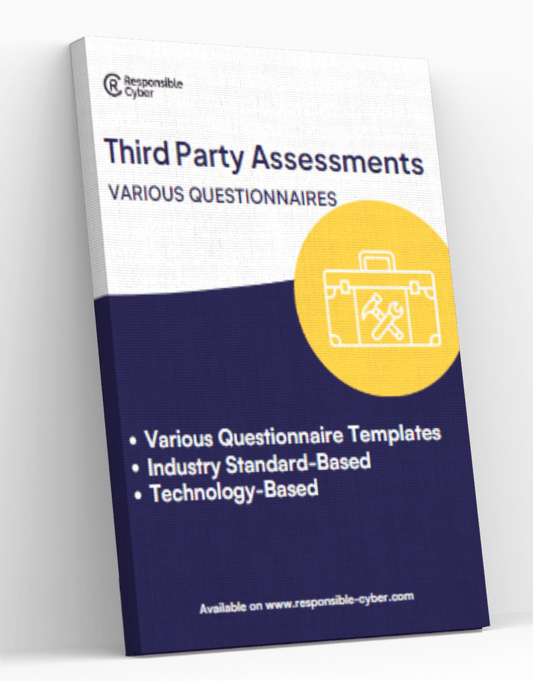Understanding Third-Party Tiering: Common Mistakes and Practical Insights

Third-party tiering is a critical aspect of Third-Party Risk Management (TPRM). It involves categorizing vendors based on their risk levels and criticality to the organization. This categorization helps allocate resources effectively and implement appropriate risk management strategies. However, common mistakes can undermine the effectiveness of this process. This article explores these mistakes and offers practical insights for effective third-party tiering.
Common Mistakes in Third-Party Tiering
1. Confusing Risk with Criticality
Risk vs. Criticality:
- Risk refers to the potential negative impact a third party could have on the organization due to vulnerabilities or threats. It includes cybersecurity risks, compliance risks, financial risks, and operational risks.
- Criticality measures the importance of the third party to the organization's core operations and business continuity. It assesses how integral a vendor's services or products are to the organization's functions.
Common Mistake: Many organizations conflate risk with criticality, leading to inappropriate tiering. For example, a vendor might pose a high risk due to weak cybersecurity practices but may not be critical to business operations.
Practical Insight: Separate risk assessments from criticality assessments. Use specific criteria to evaluate each aspect independently and then combine the results to create a comprehensive tiering model.
2. Inadequate Risk Assessment Criteria
Overlooking Key Factors: Organizations often use limited criteria for assessing vendor risk, focusing only on financial stability or compliance without considering cybersecurity, operational reliability, and geopolitical factors.
Practical Insight: Develop a multi-faceted risk assessment framework that includes:
- Cybersecurity: Evaluate the vendor's security measures, past breaches, and data protection practices.
- Financial Health: Assess financial stability and risk of bankruptcy.
- Compliance: Check adherence to relevant regulations and standards.
- Operational Performance: Review service reliability and support capabilities.
- Geopolitical Risks: Consider the impact of geopolitical instability on vendor operations.
3. Static Tiering Models
Failure to Update: Static tiering models that are not regularly updated fail to reflect changes in vendor performance, risk profile, or organizational needs. This can lead to outdated risk assessments and ineffective risk management.
Practical Insight: Implement a dynamic tiering model that is reviewed and updated regularly. Establish protocols for continuous monitoring and reassessment based on changes in vendor operations, performance, and external factors.
4. Inconsistent Application of Tiering Criteria
Lack of Standardization: Inconsistent application of tiering criteria across different departments or business units can result in conflicting vendor classifications and fragmented risk management strategies.
Practical Insight: Standardize tiering criteria and processes across the organization. Develop clear guidelines and provide training to ensure that all stakeholders apply the criteria uniformly.
5. Ignoring Vendor Dependencies
Overlooking Interdependencies: Focusing solely on individual vendors without considering their dependencies on other third parties can obscure the full extent of risks. Vendor interdependencies can amplify risks and complicate risk management efforts.
Practical Insight: Map out the entire supply chain and identify key dependencies among vendors. Evaluate the cumulative risk of interconnected third parties and incorporate these insights into the tiering model.
Practical Insights for Effective Third-Party Tiering
1. Develop a Comprehensive Tiering Framework
Integrated Approach: Create a tiering framework that integrates risk and criticality assessments. Define clear criteria for each aspect and establish a scoring system to categorize vendors accurately.
2. Use Technology to Enhance Tiering Processes
Automation and Analytics: Leverage technology to automate data collection, risk assessments, and tiering processes. Use advanced analytics and machine learning to identify patterns, predict risks, and enhance decision-making.
3. Engage Stakeholders in the Tiering Process
Collaborative Effort: Involve key stakeholders from various departments, including IT, procurement, legal, and operations, in the tiering process. Their insights and expertise will ensure a more holistic and accurate assessment.
4. Monitor and Reassess Regularly
Continuous Improvement: Establish a schedule for regular review and reassessment of vendor tiers. Monitor vendors continuously for changes in risk profile, performance, and compliance status, and adjust tiers as necessary.
5. Communicate Tiering Outcomes Clearly
Transparency: Communicate the results of the tiering process clearly to all relevant parties. Ensure that everyone understands the implications of each tier and the corresponding risk management strategies.
Conclusion
Effective third-party tiering is crucial for managing risks and ensuring business continuity. By avoiding common mistakes and implementing practical strategies, organizations can enhance their TPRM frameworks and better protect themselves from potential third-party risks. Separate risk from criticality, use comprehensive assessment criteria, maintain dynamic tiering models, standardize processes, and consider vendor dependencies to create a robust tiering system.
For more detailed guidance and resources, explore materials from industry leaders and regulatory bodies. Implementing these best practices will help organizations navigate the complexities of third-party relationships and strengthen their overall risk management efforts.







